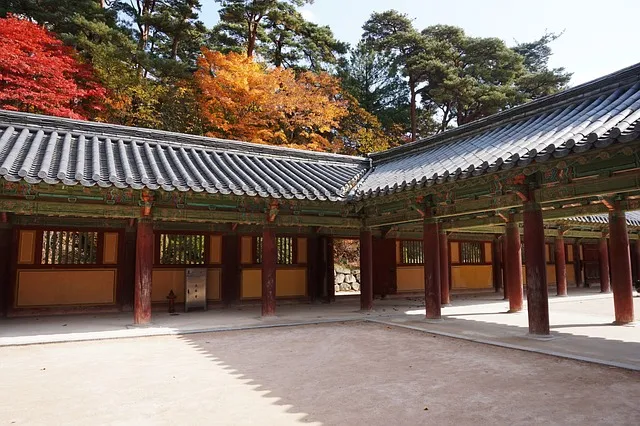🔎 The Use of “밖에” to Express Only/Just in Korean

Have you ever heard someone say "하나밖에 없어요" in Korean and wondered what that means? The particle 밖에 is a powerful and useful tool for expressing limitation—something like “only” or “just” in English. But here’s the twist: it’s always used with negative verbs. Let’s break it down so you can sound more natural and understand native speakers better.
📘 Table of Contents
- 1. What Does 밖에 Mean?
- 2. How to Use It
- 3. Real-Life Examples
- 4. Did You Know?
- 5. Practice Tips
- 6. Want to Learn More Korean?
📌 1. What Does 밖에 Mean?
The particle 밖에 attaches to nouns and means “nothing but” or “only.” What makes it special is that it always works with negative expressions like 없다, 모르다, or 못하다. It emphasizes that there is no more than what is stated.
🧩 2. How to Use It
Structure: Noun + 밖에 + negative verb
- 학생 한 명밖에 없어요.
Haksaeng han myeong bakke eopseoyo
There is only one student. - 물밖에 안 마셨어요.
Mulbakke an masyeosseoyo
I only drank water. - 한국어밖에 못 해요.
Hangugeobakke mot haeyo
I can only speak Korean.
🗣️ 3. Real-Life Examples
- 저는 주말밖에 시간이 없어요.
Jeoneun jumalbakke sigani eopseoyo.
I only have time on weekends. - 그 가게에는 라면밖에 없었어요.
Geu gageeneun ramyeonbakke eopseosseoyo.
That store only had ramen. - 오늘은 5분밖에 못 잤어요.
Oneureun o-bunbakke mot jasseoyo.
I only slept for 5 minutes today!
💡 4. Did You Know?
According to a 2023 tourism survey, over 60% of travelers to Korea were surprised by how convenient everything is—even with limited Korean skills. Many kiosks, menus, and signs are multilingual, allowing tourists to explore with ease. Yet, expressions like 밖에 still give your Korean a native touch! 😉
📝 5. Practice Tips
- Write a journal entry using “밖에” at least 3 times.
- Try replacing “만” with “밖에” and see how the nuance changes!
- Listen for "밖에" in K-dramas and jot down the full sentence.
🎓 6. Want to Learn More Korean?
Want to make your Korean more expressive and native-like? 👉 Book a personalized lesson with me on italki to practice grammar in context and feel confident using it in real conversations.
Thanks for learning with me today! I hope this helped you understand how to use "밖에" more naturally. 😊 Feel free to explore other posts on this blog—there’s a lot more to discover about Korean expressions, culture, and daily life.


